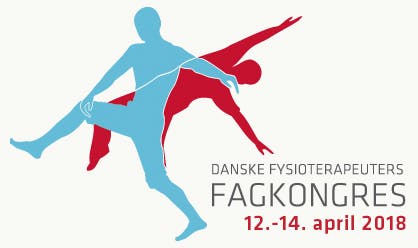Blood flow restricted exercise after surgery or disease: Adaptions, clinical efficacy and safety

Blood flow restricted exercise has shown to increase muscle hypertrophy or strength early after surgery or disease. This training modality involves the application of a wrapping device such as an inflated tourniquet/cuff or a special designed strap to restrict the arterial inflow and venous outflow to muscles during exercise.
This means, that the patient can perform strength training with much lower loads than traditional strength training. A wide range of patient groups with weight bearing restrictions or articular joint pain may benefit from blood flow restricted exercise.
All presenters will engage in a debate following the talks, where there will be time for questions.
The symposium will be followed by a practical workshop, where blood flow restricted exercise will be demonstrated and practiced, so you can apply this new and exciting training modality in the clinic or the rehabilitation centre.
Speakers
- Dr. Jeremy Loenneke, assistant professor, the University of Mississippi, USA
- Thomas Linding Jakobsen, PT, PhD, Section for Orthopaedic & Sports Rehabilitation, Copenhagen, Denmark
- Thomas Bandholm, PT, professor, University of Copenhagen, Denmark
Presentations
- Jeremy Loenneke: An up-to-date overview of blood flow restricted exercise entailing the physiological adaptations and mechanisms
- Thomas Linding Jakobsen: The clinical evidence behind blood flow restricted exercise after surgery and disease and its implications for rehabilitation
- Thomas Bandholm: An overview of safety aspects of blood flow exercise
Moderators: Thomas Linding Jakobsen and Thomas Bandholm
Thomas Linding Jakobsen and Thomas Bandholm are also performing at the workshop 'How to use blood flow restricted exercise in clinical practice?'.
